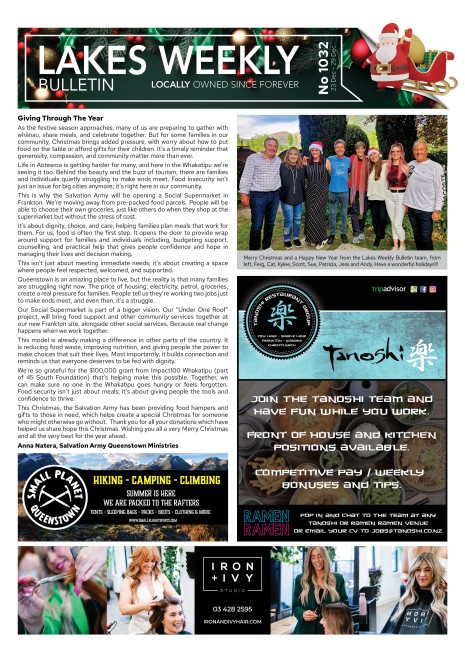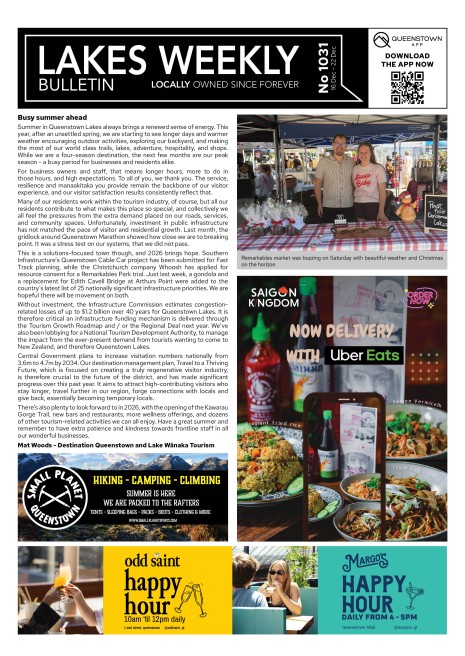What’s all the buzz about?
Despite an increase in bee disease throughout the country, Queenstown’s honey trade is reporting a bumper year. The industry throughout Aotearoa has seen an increase in American Foulbrood (AFB), a disease that kills honey bee colonies. The bacteria can take many months to kill the bees and in the meantime they may infect other colonies.
Cases of AFB last year were up 35% on the previous year. While Otago has low numbers, beekeepers have noticed an increase but say it’s easily manageable if people know what to look out for. Nick Cameron is the General Manager of Buzzstop, a bee farm and local producers of honey based in Frankton. He says that one honeycomb could have billions of spores, which makes it difficult to get rid of.
“It’s definitely around the basin and always has been. Part of that’s to do with that there are a huge number of hobbyists who maybe don’t know what to look out for. There are people who start beekeeping with a hiss and a roar and they fall in love with it, but if they just let their hive go – eventually it may develop AFB and die. All the other bees in that vicinity go and rob that hive, drinking the infected honey full of AFB spores and taking it back to their hives, and all of the sudden everyone has AFB in that area,” says Nick.
Despite this, it’s been a strong season. Buzzstop processes a lot of honey for beekeepers, as it is one of the only places in the area that offer this service, and Nick says that every beekeeper he’s dealt with has had a great year.
Neal Mcaloon is the founder of Bee the Change, a company that facilitates thriving bee colonies through beehive sponsors. Their hives are all around the district and focus on enabling environmental education and pollination initiatives for local communities. They’ve also reported a good season, although some of the fires in the region, burning flowers off, had an impact.
Part of the issue is beekeepers spreading AFB through moving equipment around. Neal believes the region could eradicate it, especially in Queenstown given our location between the lakes and the mountains means that this would be possible. He’s also a lecturer at Otago Polytechnic, and has had 120 students learning the ins and outs of beekeeping over the past three years.
“Otago Polytechnic offer apiculture courses that run throughout a season – you can’t learn to beekeep in an afternoon,“ says Neal. “The majority of the students are hobbyists – it’s really good to see that they’re learning properly and they’re all attending the American Foulbrood course provided. I would suggest that anyone looking to get into beekeeping attend the AFB course – I do think it’s good to get some form of training. It’s good for the community if everybody knows what they’re doing.”










